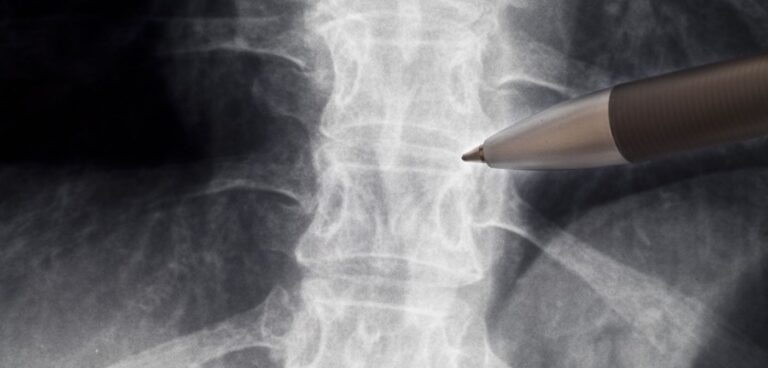Researchers from the Ohio State University have developed an AI-assisted digital twin capable of predicting the risk of vertebral fracture in cancer patients.
According to the team, 10% of US cancer patients experience ‘symptomatic spinal metastases’ when disease spreads from other places in the body to the spine. These spinal fractures can then increase the risk of a patient dying by 15%.
“By predicting the outcome of these fractures, our research offers medical experts the opportunity to design better treatment strategies, and help patients make better-informed decisions,” said Soheil Soghrati, co-author of the study and associate professor of mechanical and aerospace engineering at The Ohio State University.
The team trained an AI-assisted framework coined ReconGAN to create a digital twin of a patient’s vertebra, which can be used to predict how much stress the vertebra can take before cracking under pressure. MRI and micro-CT images were used to train ReconGAN, providing a realistic micro-structural model of the spine.
Soghrati added: “What really makes the work in a distinct way is how detailed we were able to model the geometry of the vertebra. We can virtually evolve the same bone from one stage to another.”
The model predicted how much strength parts of the vertebra would lose as a result of the tumours, as well as other changes that could be expected as the cancer progressed. Some of their predictions were confirmed by clinical observations in cancer patients.
For a field such as orthopedics, using a non-invasive tool like the digital twin can help surgeons understand new therapies, simulate different surgical scenarios and envision how the bone will change over time, either due to bone weakness or to the effects of radiation. The digital twin can also be modified to patient-specific needs, Soghrati said.
“The ultimate goal is to develop a digital twin of everything a surgeon may operate on,” he added. “Right now, they’re only used for very, very challenging surgeries, but we want to help run those simulations and tune those parameters even more.”
The team stressed this was just a feasibility study and much more work is needed. ReconGAN was trained on data from only one cadaveric sample, and more data is needed for AI to be perfected.
The study was recently published in the International Journal for Numerical Methods in Biomedical Engineering.








